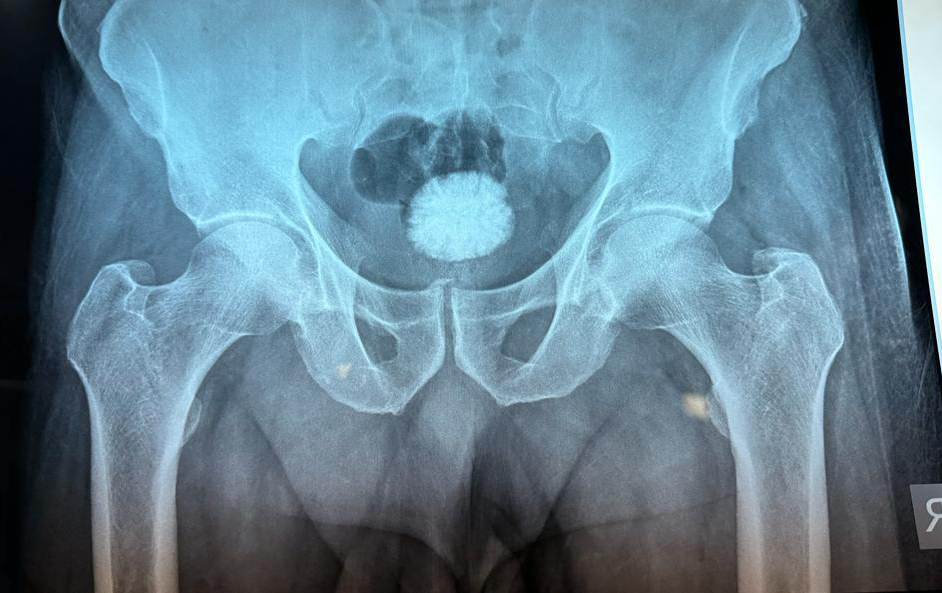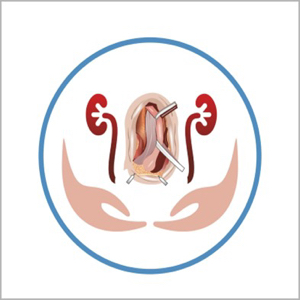+918048126570

This is your website preview.
Currently it only shows your basic business info. Start adding relevant business details such as description, images and products or services to gain your customers attention by using Boost 360 android app / iOS App / web portal.
What Are Bladder Stones? Bladder stones are hard, ...

What Are Bladder Stones? Bladder stones are hard, mineral deposits that form in the urinary bladder. These stones can range in size from small grains of sand to much larger, golf ball-sized structures. Bladder stones often develop when minerals in urine crystallize and clump together, gradually increasing in size over time. While most bladder stones are formed when small kidney stones migrate down the urinary tract into the bladder, they can also originate directly in the bladder under certain conditions. Causes of Bladder Stones: Urinary Tract Obstruction: Bladder stones often develop when there is an obstruction in the urinary tract, which slows down the flow of urine. This can be caused by an enlarged prostate in men, urinary retention, or other structural abnormalities. Infection: Chronic urinary tract infections can promote the formation of bladder stones. Infections can alter the composition of urine, making it more conducive to stone formation. Dehydration: Inadequate fluid intake can lead to concentrated urine, increasing the risk of stone formation in the bladder. Medical Conditions: Some underlying medical conditions, such as gout or certain metabolic disorders, can contribute to the development of bladder stones. Symptoms of Bladder Stones: Bladder stones can cause a range of symptoms, including: Frequent Urination: You may find yourself needing to urinate more frequently than usual. Painful Urination: Urinating can become painful or uncomfortable, often accompanied by a burning sensation. Lower Abdominal Pain: You may experience persistent pain or discomfort in your lower abdomen. Blood in Urine: Hematuria, or blood in the urine, can occur due to irritation of the bladder lining by the stones. Difficulty Urinating: Bladder stones can block the flow of urine, leading to difficulty initiating or maintaining urination. Treatment Options for Bladder Stones: The treatment approach for bladder stones depends on their size, number, and underlying causes. Here are some common treatment options: Watchful Waiting: Small, asymptomatic stones may be monitored over time to see if they pass naturally. Adequate hydration and dietary changes may be recommended to prevent stone growth. Extracorporeal Shock Wave Lithotripsy (ESWL): This non-invasive procedure uses shock waves to break up bladder stones into smaller fragments that can be passed more easily. Percutaneous Cystolithotripsy (PCCL): In this minimally invasive procedure, a small tube is inserted through the abdominal wall to remove or break up larger stones inside the bladder. Open Cystolithotomy: Surgical removal of large or stubborn bladder stones may be necessary in some cases. This involves making an incision in the bladder to access and remove the stones. Preventative Measures: Once bladder stones are treated or removed, lifestyle modifications, including dietary changes and increased fluid intake, may be recommended to prevent recurrence. Conclusion: Bladder stones are a manageable urological condition, and timely treatment can alleviate discomfort and prevent complications. If you experience symptoms suggestive of bladder stones, consult a healthcare professional for an accurate diagnosis and appropriate treatment plan. Remember, early intervention can help you get back to a life free from the discomfort and pain associated with bladder stones.

